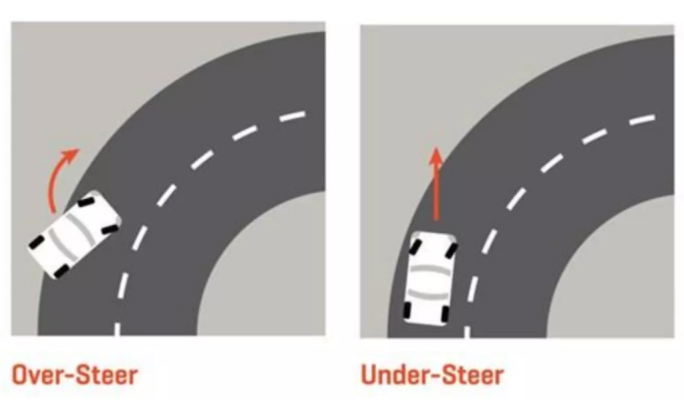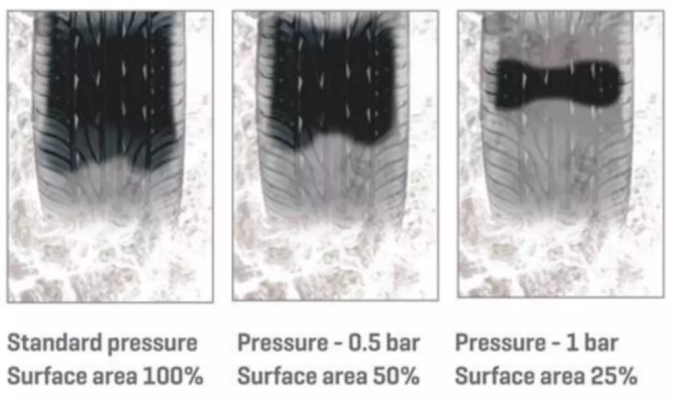A BIT OF ADVICE…
Keep tyres at the pressure recommended by the vehicle manufacturer. Incorrect pressures can affect a vehicle’s handling, cause premature tyre wear and damage a tyre irreversibly.
Motorists should be encouraged to check tyre pressures regularly at least once a month, and before every long journey. That includes the spare.
Tyre pressures should be checked when tyres are cold, before the vehicle has travelled any great distance. As they warm, tyres increase in pressure which is quite normal.
THE EFFECTS OF UNDER-INFLATION
Under-inflated tyres will suffer excessively from flexing and get extra hot on a journey which could lead to a dangerous blow-out. They make the vehicle harder to control as the tyre seems to squirm on the wheel. Front tyres that are under-inflated can result in the vehicle under-steering. Rear tyres under-inflated can lead to over-steer. Both situations could be lethal.
Despite popular belief, an under-inflated tyre doesn’t sit firmly and snugly on the road. Its edges deflect inward, lifting the centre of the tyre and so reducing the contact area. This affects braking performance and the tyre’s ability to clear surface water, thus increasing the risk of aquaplaning.

The extra loading on the edges (i.e. the shoulders) of the tyre will cause rapid wear, reducing tyre life. In extreme cases, there could be wear and irreversible damage to the sidewall (C).
THE EFFECTS OF OVER-INFLATION
Like under-inflation, over-inflation reduces the area of contact with the road, which can adversely affect vehicle handling and braking, possibly leading to more risk of aquaplaning (B).
It also accelerates wear in the centre of the tread and makes the tyre more vulnerable to impact fracture or other casing failures.
An over-inflated tyre doesn’t absorb road shocks so well, resulting in a much harder ride, which can prove extremely uncomfortable when clocking up the miles.

